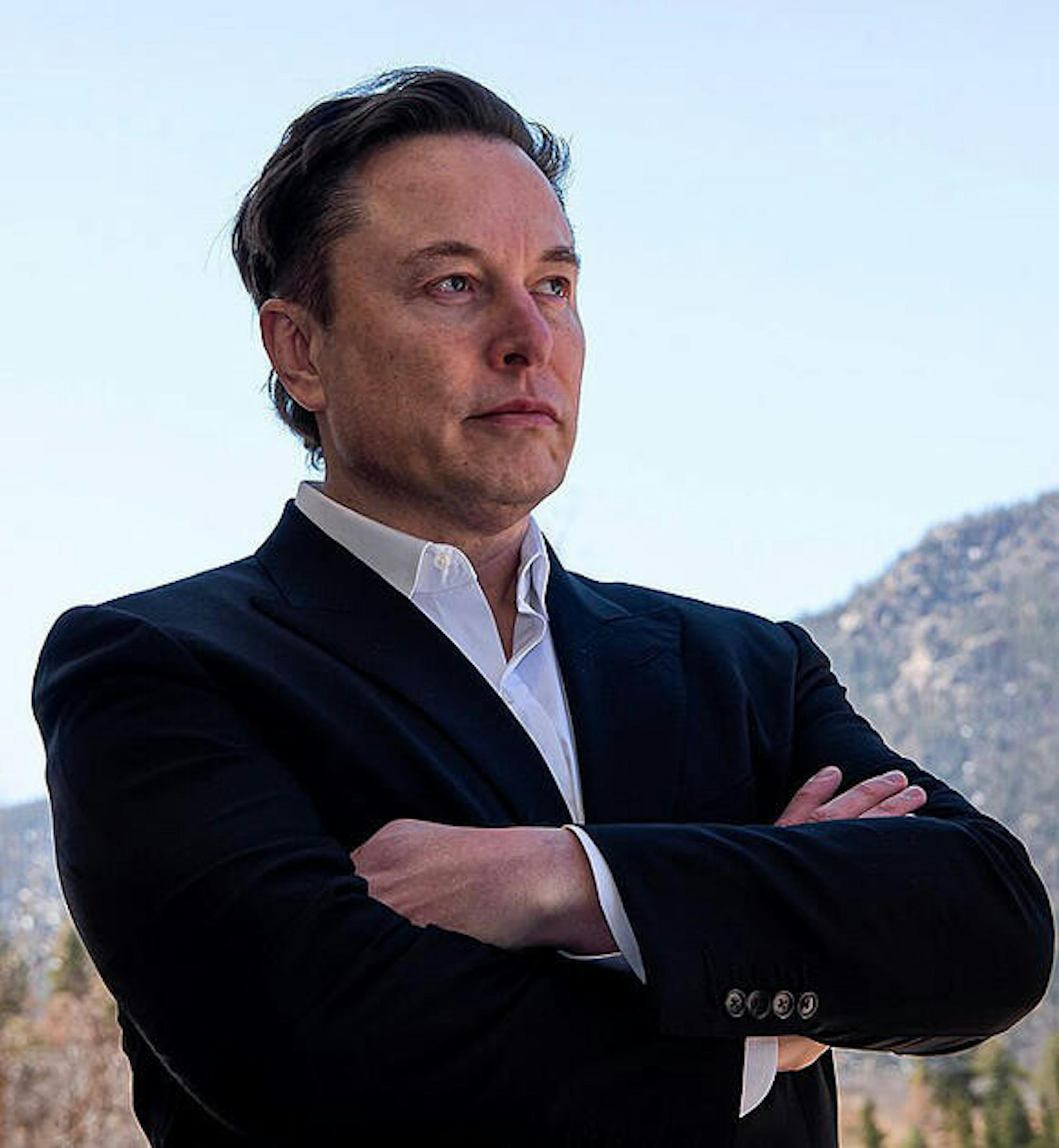Elon Musk and Twitter have been in a rocky relationship since April, when Musk first agreed to buy Twitter, until October, when he entered Twitter’s headquarters with a sink in his hands. Yeah, let that sink in.
Celebrities have a track record of going on interesting shopping sprees, like Paris Hilton’s dog house, Kim Basinger’s town or Taylor Swift’s private jet. A media platform like Twitter, however, hadn’t appeared to be in the cards until recently. Twitter has massive global influence, as evidenced by the increase in the price of Dogecoin after Musk himself tweeted about it last year. As such, the platform’s owners and managers bear great responsibility for their behavior.
Recent tweets from Elon Musk continued to raise questions about how responsibly he will wield the influence given to him by Twitter, as he openly encouraged people to vote Republican in this year’s midterms. Fletcher School researchers have observed that this new, open political stance is pushing Twitter in “the wrong direction ... at a particularly inconvenient time for American democracy.”
Other changes Musk has tried to implement have been manifest failures. Twitter’s infamous blue check marks have historically served as a way to authenticate the identities of public figures and protect against misinformation regarding other people imitating them. Elon Musk attempted to implement changes around this feature, making it so that people had to pay $8 per month to receive the check mark. Due to the lack of regulations and the hastiness in implementing changes, problems arose from this weakly constructed plan, and the feature was quickly retracted.
A fake account imitating Eli Lilly, a pharmaceutical company, tweeted that it would provide free insulin, which resulted in a decrease in Eli Lilly’s stock market value. Another fake account impersonating George W. Bush posted an insensitive tweet making a satirical jab at his administrative decisions related to the U.S. invasion of Iraq. The impact of these fake accounts is obviously alarming and to prevent unnecessary harm to certain vulnerable demographics or artificially-constructed shifts in the stock market, more time should be given to employees responsible for implementing changes.
In the wake of changes, many advertisers have been getting out of their deals with Twitter, which make up about 90% of the platform’s revenue. The Volkswagen Group in particular is no longer releasing ads with the fear of hurting its reputation. Musk has since threatened a “thermonuclear name & shame” in one of his tweets against companies who have joined in on the advertising boycott.
Despite Twitter’s ever-growing significance, the company has been drowning in debt. In an internal meeting, Musk revealed that Twitter was in risk of bankruptcy, explaining his attempts at monetizing every feature possible, with plans going as far as reviving Vine.
Musk’s rough start at Twitter extends to his treatment of employees. Continuing a trend set by previous management, Musk has not been following the best practices in dealing with employees. No job can be guaranteed for a long time, but Musk’s firing spree has been even more extreme, as layoffs have reached 50% company-wide. This leaves current employees full of uncertainty as workers who are on work visas or who are pregnant have not been spared of being fired. However, those employees who have been spared their jobs haven’t been spared their sleep as Esther Crawford, product manager at Twitter, posted a photo of her sleeping in her office with the hashtag “#SleepWhereYouWork.”
Even though the layoffs might seem dangerous only for the employees, they will also pose enormous risks to the maintenance of Twitter. Many people in both the engineering and machine learning departments have been fired, resulting in confusion regarding who is still working at Twitter, and among the remaining employees, who is responsible for any given project. Almost 80% of the engineering staff have been fired in some sub-organizations of Twitter, such as Redbird, the platform’s infrastructure organization. Many other crucial systems were also found to be no longer working.
All of this chaos demonstrates how no social media platform should be under the control of a single person. Elon Musk should implement new measures to make sure that the people he fired are compensated and that everyone remaining is working under satisfactory conditions, at least until he’s bored by this endeavor and skips on to his next toy.





